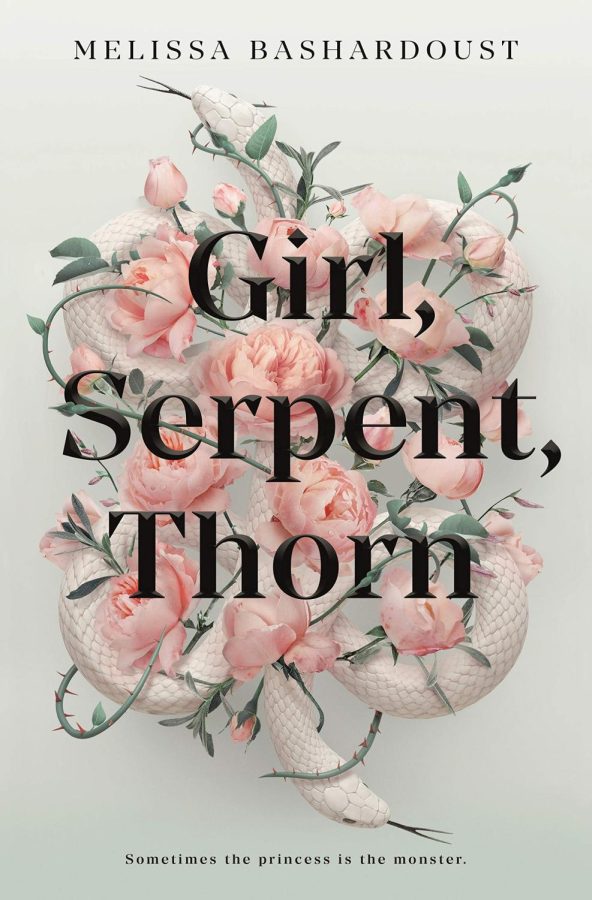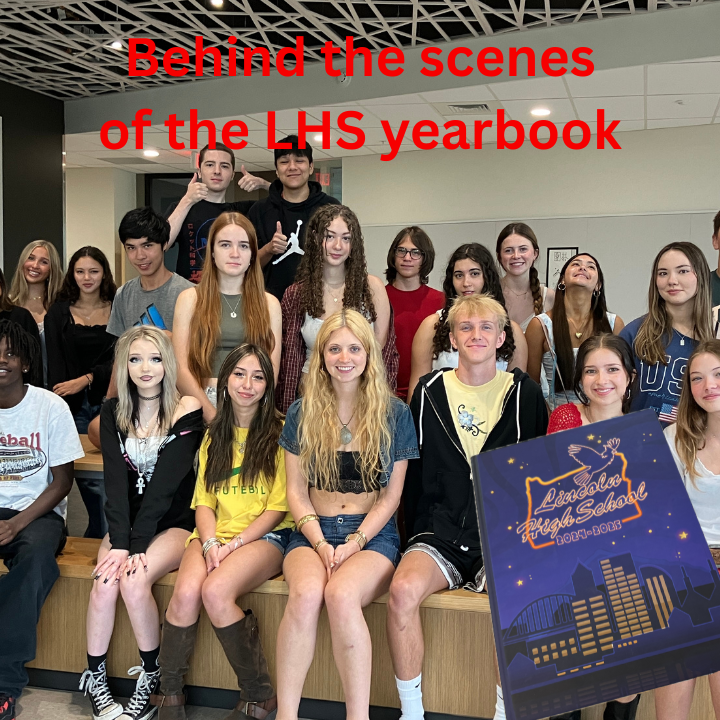Book Review: “Girl, Serpent, Thorn”
Courtesy of Melissa Bashardoust
Mass communications student Coral Platt reviews Melissa Bashardoust’s newest book, “Girl, Serpent, Thorn.”
February 4, 2022
Many young children dream of being a princess, dressed in lavish outfits, eating extravagant delicacies, being one of the most well-known and influential people in the world. Yet in Melissa Bashardoust’s “Girl, Serpent, Thorn,” Soraya, sister to the Shah, lives in the shadows.
When I first saw this book at Powell’s on a display celebrating pride month, I decided to give it a try. What I couldn’t have predicted was that this novel would become one of my most treasured books. Published in 2020, this book features lesbian romance and a plot full of twists.
Soraya was cursed by a monstrous div to be poisonous to the touch, as revenge for her mother freeing a woman trapped by the div. Soraya has accepted her curse, and has been careful to keep the poison from tainting her with venomous thoughts. No matter how hard she tries, though, she can’t help but be the slightest bit jealous of the idyllic life she could have had as a member of the Shah’s courts. So when Soraya finds out that a div is imprisoned in the dungeons of the palace, she begins to wonder if the same type of monster who cast the curse could heal her. When the div answers with an impossible choice, Soraya must choose her priority: herself or her country.
In a heteronormative world, there is a vital need for books with LGBTQ+ representation. One of the reasons “Girl, Serpent, Thorn” appealed to me originally is because it includes lesbian romance, but isn’t inherently about queer topics. Rather, it’s a delightfully creative fantasy novel.
Some of my favorite books, such as “Simon vs. the Homo Sapiens Agenda” by Becky Albertalli, or middle-reader “George” by Alex Gino, feature plots that revolve around the character’s experiences with being LGBTQ+. Books like “Girl, Serpent, Thorn,” which don’t focus on identity per se, normalize having queer characters in all types of literature.
Another distinctive aspect of “Girl, Serpent, Thorn” is how it challenges common depictions of villains and protagonists, where the main characters are entirely lacking of fault and the villains are selfish, horrible people. In “Girl, Serpent, Thorn,” no character is solely good, or fully tainted by evil.
While the uniqueness of the characters and creativity of the plot substantially increased the pleasure of the read, and the story delves deep into Soraya’s emotions, the dialogue feels insufficient at times. However, this doesn’t take much away from the overall reading experience, as Bashardoust’s writing is descriptive and detailed, and you can still imagine the scene taking place. “Girl, Serpent, Thorn” is for anyone interested in a marvelous and queer fantasy novel.




